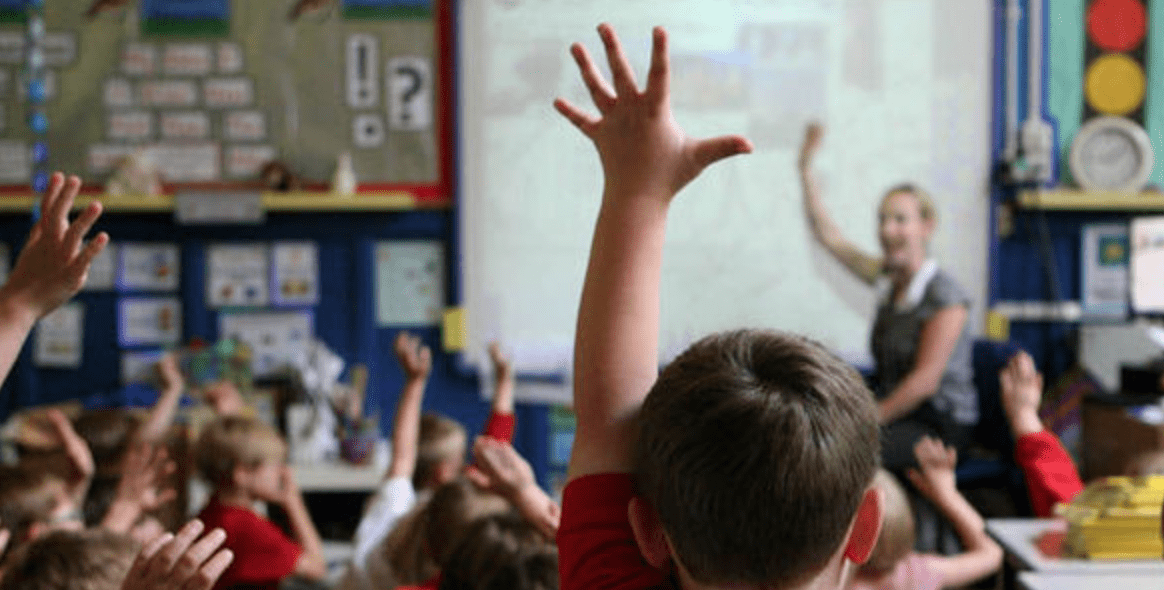What is Explicit Instruction?
July 3, 2024
One of the big rallying calls of Structured Literacy is the need to embrace Explicit Instruction. For many of us, we have some familiarity with this concept as an obvious tool for effective teaching and learning. But for many, with more than a decade of inquiry learning...
The big news in NZ education is our government's pledge of $67 million dollars to fund the implementation of Structured Literacy in all NZ schools in 2025.While one gets excited about talk of funding increases in education (rather than cuts) I also get nervous about politici...
Reading Rotations in Years 3-8 are too hard
April 18, 2024
Reading rotations are too hard!' The argument goes something like this ... 'As the teacher, I spend most of my time monitoring the mayhem going on with the supposedly 'independent' workers and can't focus on the instruction I am supposed to be delivering to the gro...
The importance of AFTER reading Comprehension Activities
April 17, 2024
As part of our 2024 focus on Comprehension Instruction we take a look at another important aspect of reading instruction - the away-from-the-teacher independent practice that students should be engaging in to refine comprehension processing.The reality of reading rotations i...
How about Comprehension as a focus?
February 10, 2024
Here in New Zealand (and elsewhere) the last couple of years have seen most of the oxygen available for reading PD being sucked up by Structured Literacy.Don't get me wrong! I am an enthusiastic supporter of systematic phonics instruction in the junior school, and certainly ...
Comprehension and Levelled Text
February 1, 2024
Teacher question: I have been reading a blog that suggests that we do away with levelled text for comprehension instruction. The reasoning is that too often we are subjecting students to text at what is supposedly an instructional level but which has no real comprehension ch...
Comprehension Skills vs Strategies?
September 19, 2023
I have spent twenty years championing the teaching of Comprehension Strategies as the be-all and end-all of comprehension instruction. Now I am not so sure. I still firmly embrace the use of strategies (the research still highlights the benefits for the reader), but of ...
How important is a Learning Outcome?
August 16, 2023
In this post we look at Learning Intentions or, as we prefer to call them Learning Outcomes. Why outcomes? - We think it better reflects the idea of observable skill development. You are probably well aware of the concept of Learning Outcomes; the notion of making sure ...
Student Engagement?
June 26, 2023
Lately I have been laser focused on the implications of the latest cognitive research on brain activity during the act of reading comprehension. Fascinating stuff... But just the other day I ended up teaching a group of Year 5/6 kids in a classroom where it became ...
What does Independent Practice mean for the reader?
January 26, 2023
Some of my holiday reading included delving further into the work of the cognitive scientists and their take on the way we read. Pretty fascinating stuff. The obvious conclusion: no matter how much we think we have it worked out, we have still only scratched the surfac...
Loading...
TAGS
Follow-Up ActivitiesBloom's TaxonomyComprehension instructionTeaching approachesComprehensioncomprehension skillsteaching and learningAssessmentbeginner readercomprehension assessmentdecoding fluencyIndependent PracticeLevelled Textphonicsreading instructionReading programsScience of ReadingSharpReading Routinessight wordsStages 1&2Starting the new yearStories for Guided ReadingStoryBytes and InfoBytesstudent engagement
Loading...

